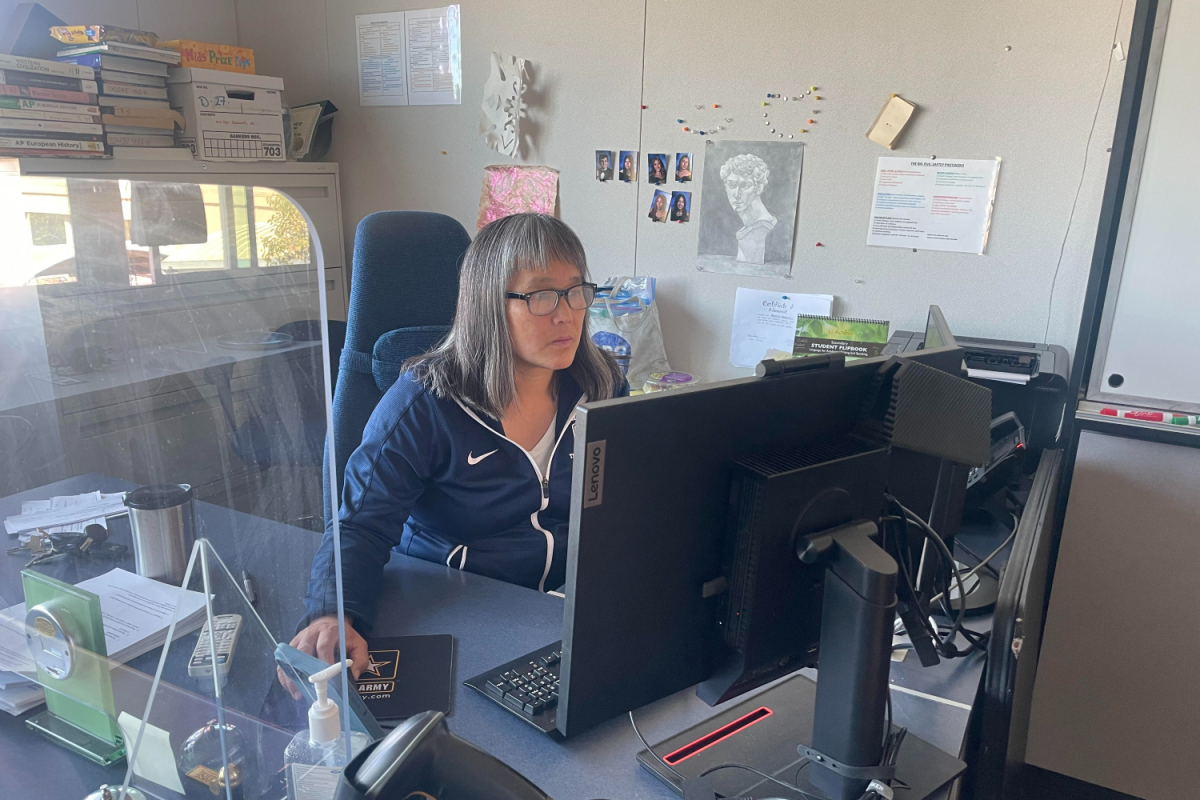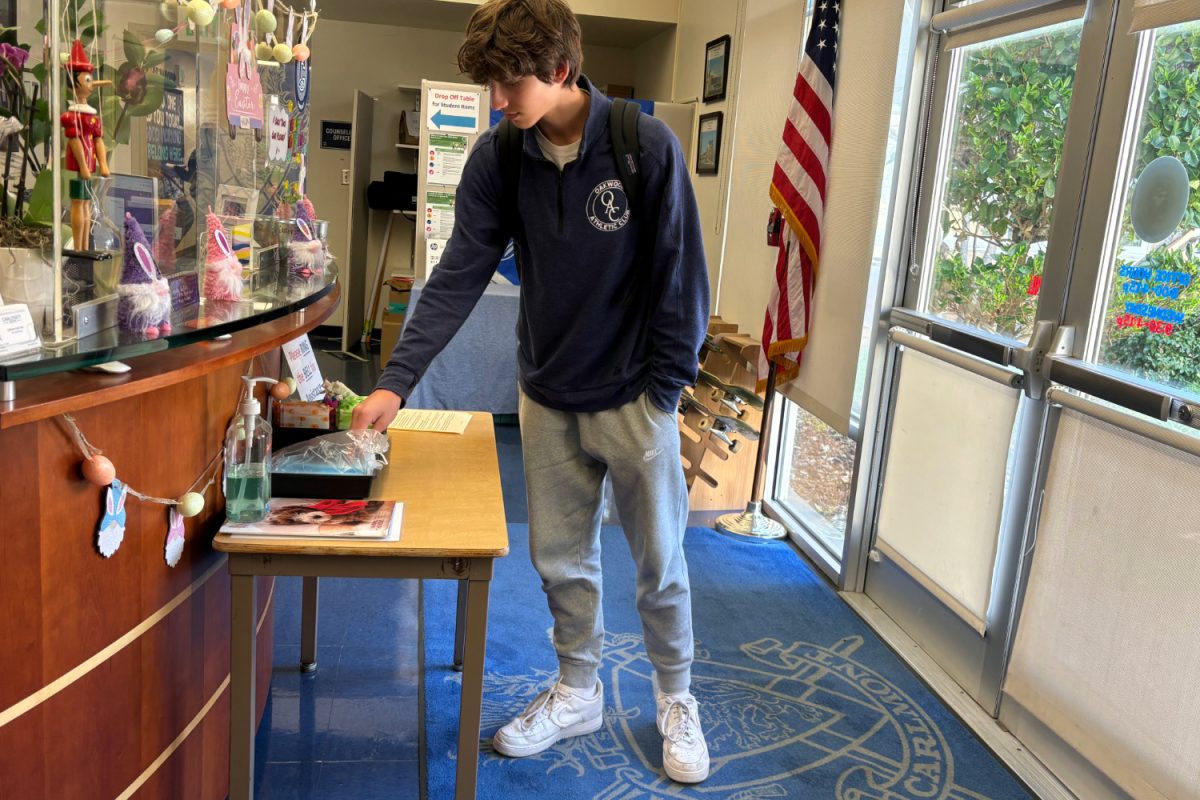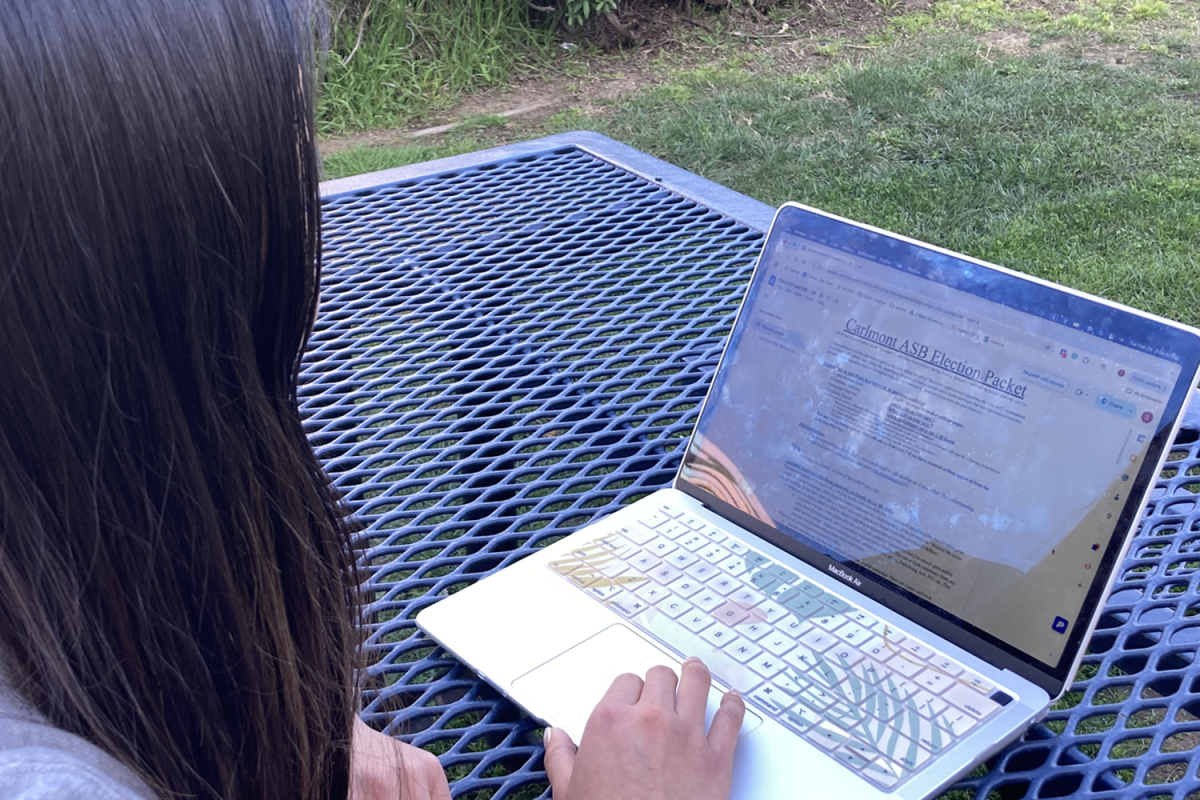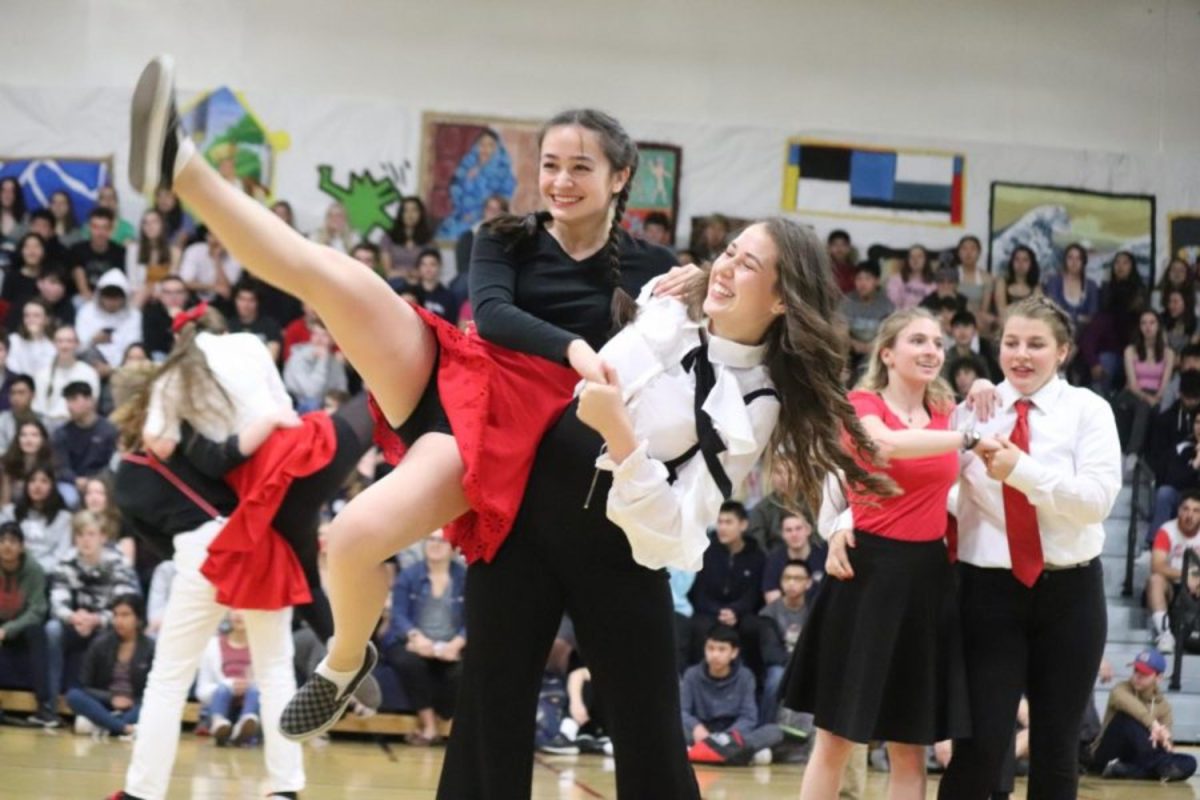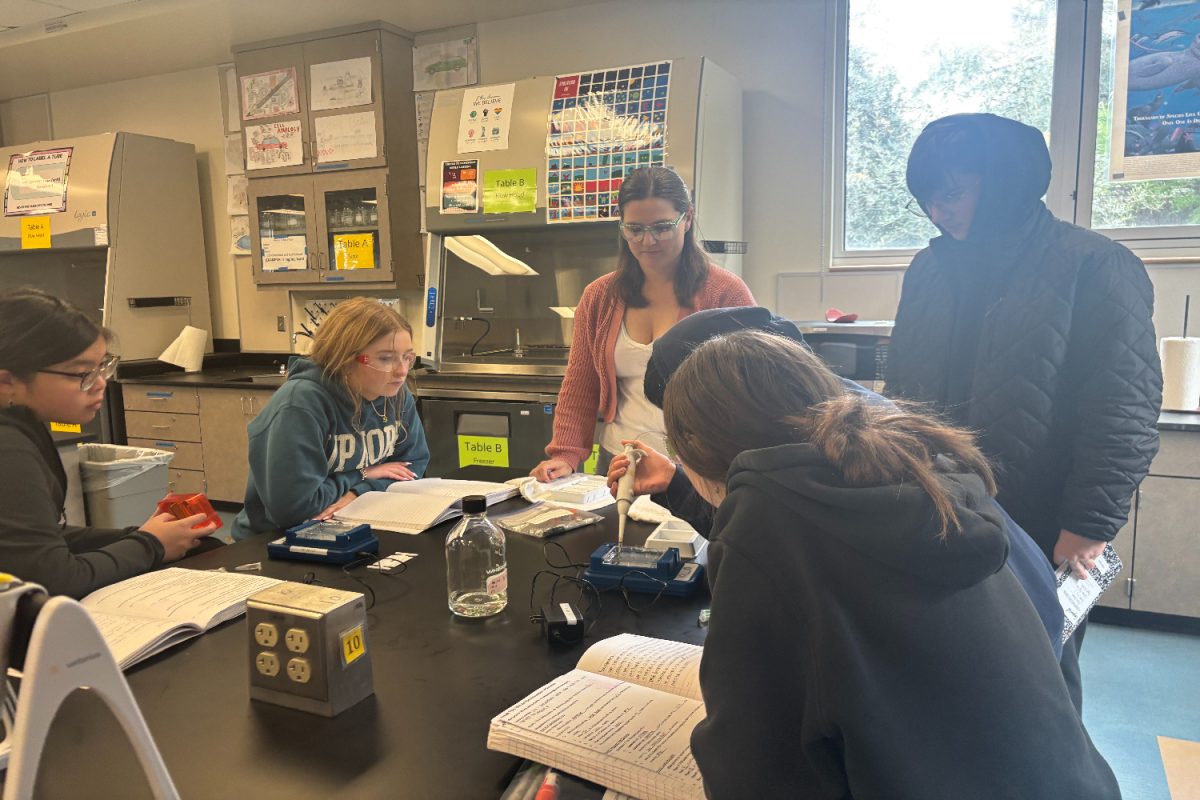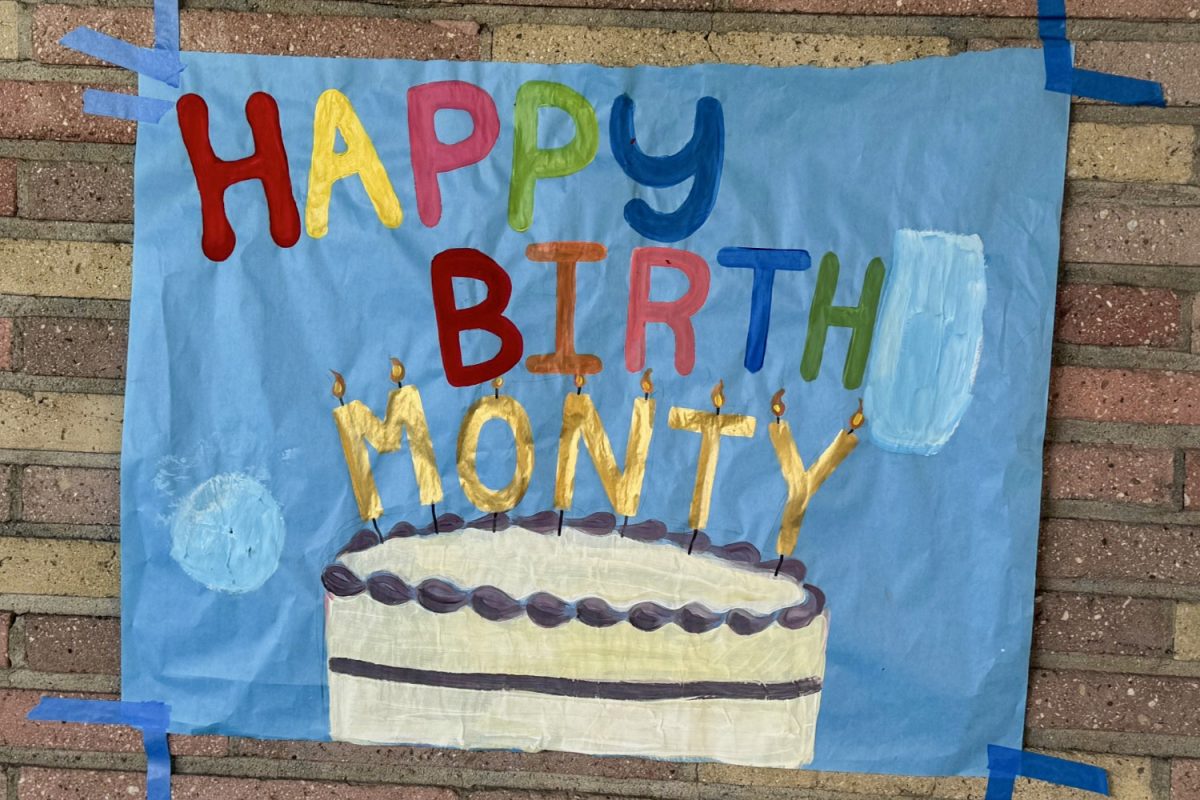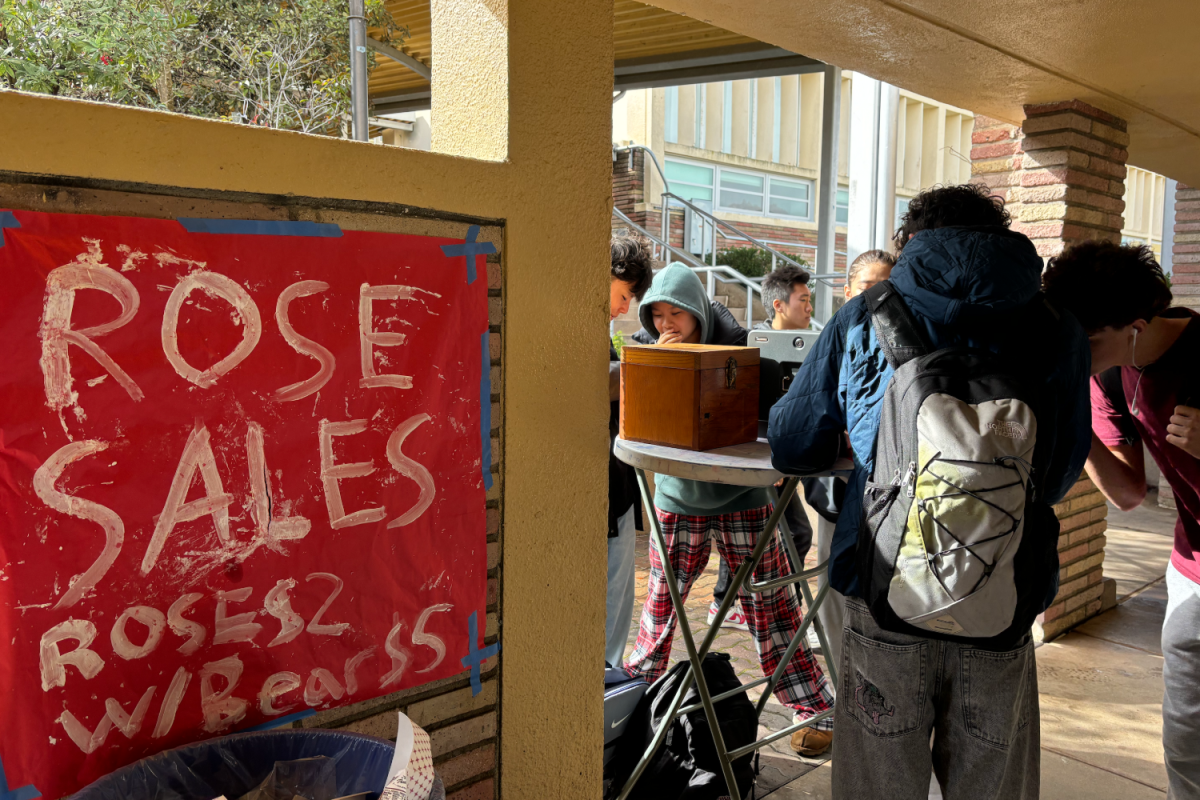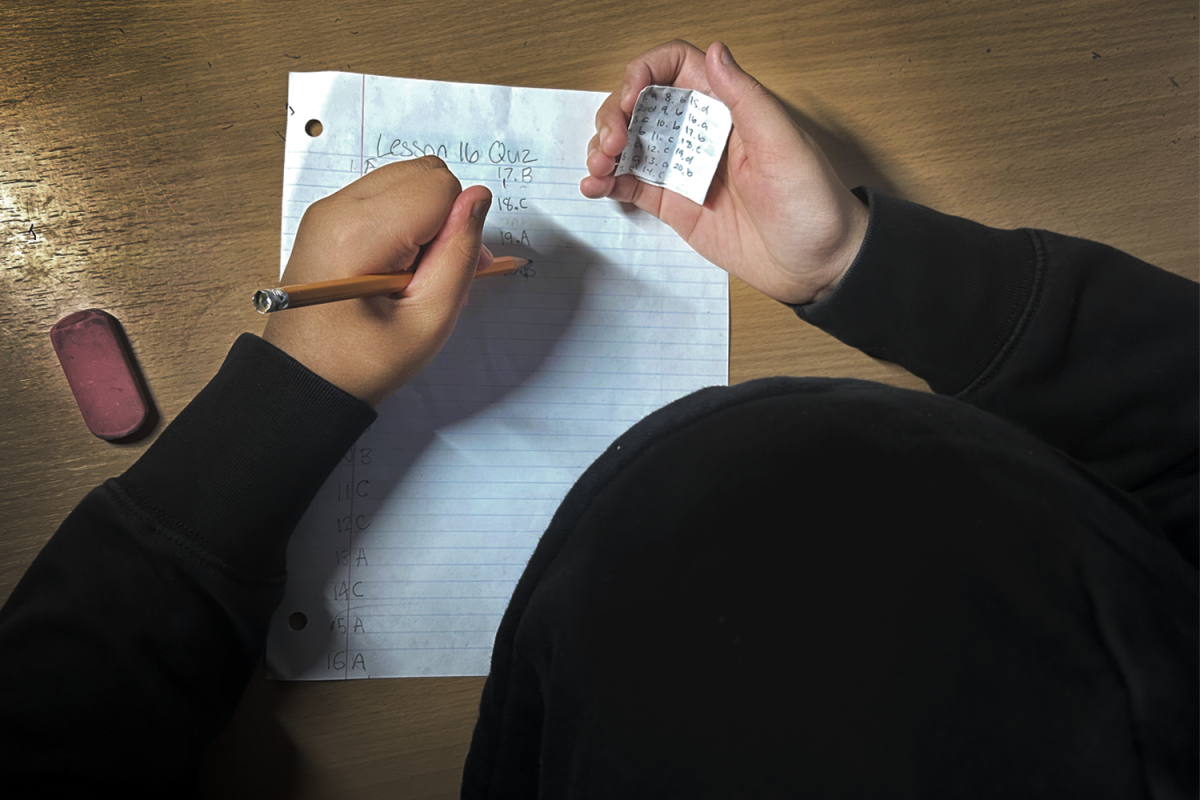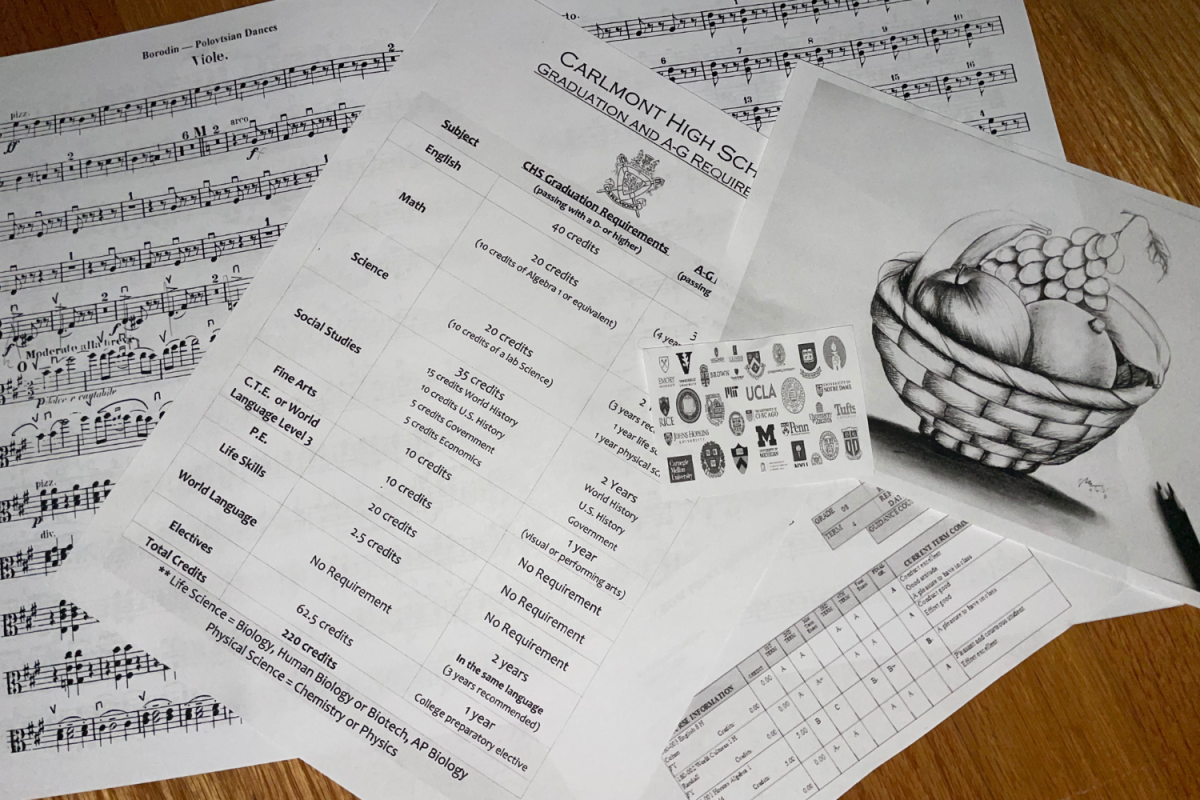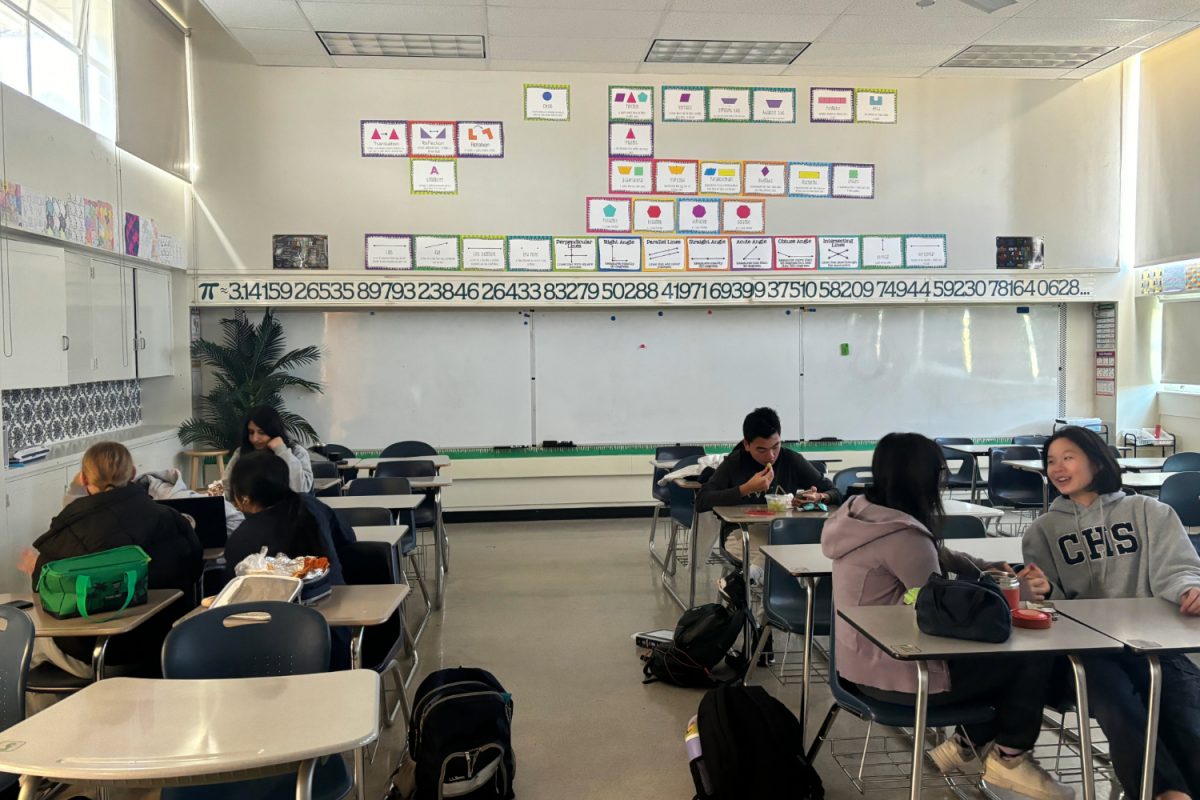Patricia Braunstein empowers her students to uncover hidden histories, build curiosity, and engage with the past in ways that shape their outlook on the present.
Teaching AP World, Government and Economics, and U.S. History, Braunstein goes beyond the traditional curriculum to inspire her students to understand their role in society. Since her start at Carlmont, she’s created a space where students are encouraged to engage deeply, think critically, and view their potential influence on the world around them.
“She makes us do a lot of partner work, and that definitely helps us understand the curriculum and nails the knowledge into our brains better,” said Timothy Zinzuvadia, a student in Braunstein’s AP World class. “I think I love her class because I just love history. She’s just a really awesome person.”
Braunstein’s journey began at UCLA as an Economics major. This is where her passion for history took root and also where she met her husband, David Braunstein. Since starting at Carlmont, she has built a reputation for blending rigor with engagement.
“I wanted to do something meaningful. I see education as a way to touch many people and hope to inspire people to make a difference and make the world a better place,” Braunstein said.
Braunstein’s style of teaching differs from that of other teachers. She strives to make history come alive in her classroom, engaging students with hands-on activities that deepen their understanding.
“I like experiential learning and project-based learning. I like my students to experience as much as possible, which is why, at least once a unit, I like my classes to do some kind of role-play or a skit,” Braunstein said.
Since then, Braunstein has been involved in many programs at Carlmont. With the removal of AP European History, Braunstein has played a huge factor in the curriculum for AP World History.
“Three and a half years ago, we were told that its predecessor, AP Euro, was not going to be allowed anymore, and was told it was going to be AP World,” said Jayson Waller, department chair for social studies and fellow teacher. “Mrs. Braunstein, myself, and Mr. Schoenstein all collaborated on a huge project that now impacts the lives of about 45% of Carlmont sophomores.”
With over thirty years of teaching experience, Braunstein brings a wealth of knowledge and perspective to her classroom.
“Mrs. Braunstein has been teaching for over three decades, so she has very rarely comes across something that she hasn’t dealt with in the past,” Waller said.
Braunstein’s long tenure in the department has also earned her a respected voice.
“Mrs. Braunstein and Mr. Gomez are also individuals that have been here long enough that they don’t feel compelled in our department meetings to say a whole lot, but when they do say something, people stop and they listen,” Waller said.
In addition to Braunstein’s many years at Carlmont, she also has faced problems with the changing curriculum and challenging standards.
“I think you could probably find most teachers saying that there’s more and more responsibilities. It can be overwhelming, honestly, having somewhere between 150 to 170 students at one time,” Braunstein said. “We have such a highly politicized environment and some really tough current events we’re working on, such as world affairs and conflicts. There’s a lot of sensitivity to these issues.”
“Students are honestly wonderful people, and being able to expose them to knowledge and information is wonderful. Education has shaped the world around us, like history, and people can use their knowledge to change the future,” Braunstein said.

